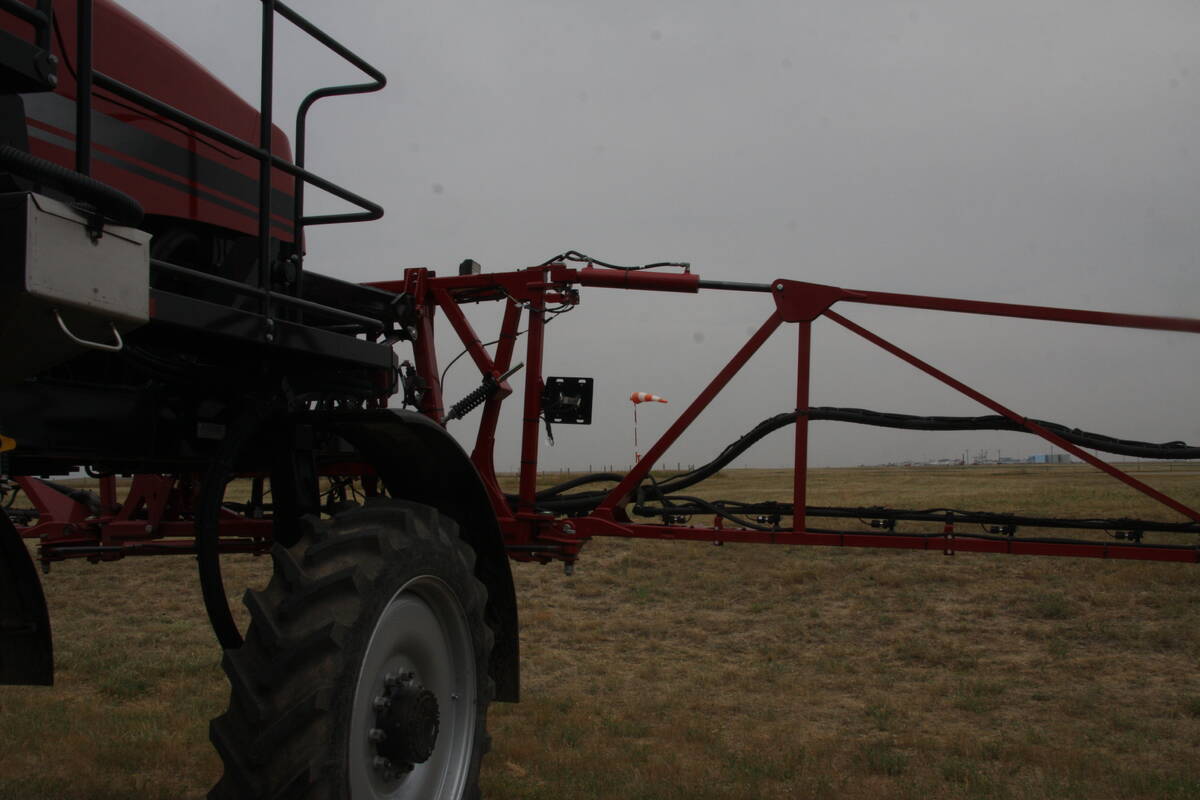Prairie farmers who had planned for pulses for 2022 may be facing a conundrum: last year’s drought meant the crop left behind a lot of nitrate fertilizer in the soil.
When it comes to nitrogen, pulses “bring their own lunch” with symbiotic rhizobia bacteria that form nodules on their roots to capture the fertilizer from the air. Farmers can help this along with inoculants that add the right sort of rhizobia for the pulse they seed.
A problem with high nitrate soils is that it provides the pulse crop with an easy supply of nitrogen, which impairs nodulation and can lead to poor performance.
Read Also

More work wanted on removing red tape
REGINA — Canadian farmers risk falling further behind competitors if two main federal agencies don’t become more efficient and responsive…
Dry beans may be the exception to this, suggests work at the Indian Head Agricultural Research Foundation in Saskatchewan.
Chris Holzapfel, research manager and agrologist with IHARF, said one variety in particular shows promise.
“CDC Blackstrap is, to my knowledge, the only variety that is, at least we could call it, relatively well-suited for dryland production,” he said.
Blackstrap can be seeded with regular equipment with a little extra care to avoid damaging the seed. It’s also suitable for straight combining.
CDC Blackstrap is a black bean released from the Crop Development Centre at the University of Saskatchewan in 2015. It was made widely available in 2018.
“Beans aren’t something we’ve grown a lot of on the Prairies in dryland production, but if there is any variety that will work, basically this is the one,” Holzapfel said.
He and his colleagues have been working on CDC Blackstrap since 2019. He said growing dry beans, unlike other pulse crops, means adding nitrogen fertilizer since there is a lack of effective inoculants.
“Inoculants in dry beans are a bit of a tricky thing. They’re not widely available and what is out there tends to be class and variety-specific and with just not real consistent responses, so most guys will rely on nitrogen fertilizer.”
Researchers looked at a broad selection of inoculant treatments — liquid, peat-based, granular — with and without nitrogen fertilizer. Trials were run at Indian Head, Redvers, Yorkton, Melfort, Scott and Outlook, the latter on irrigated land.
“We had several different inoculant treatments, with and without nitrogen. I think it was 80 pounds of nitrogen, adjusted for soil residuals,” Holzapfel said.
Inoculants were ineffective, but bean crops at all sites showed strong response to the supplemental nitrogen. Not surprisingly, the irrigated lands saw the highest yields, and while elsewhere they were “all over the map,” Holzapfel said all fields had “pretty good yields.”
The next step was to find out the optimum rate of fertilizer and to see if the beans could provide consistent performance with relatively low risk.
The researchers did trials ranging from only residual soil nitrogen and a little phosphorus to just under 150 lb. per acre of nitrogen (including residual).
Under good conditions, crop response went up with the amount of fertilizer. However, in less-than-ideal conditions, there was a clear optimum rate.
Holzapfel said that in 2020 at Indian Head, they harvested a poor crop of a little more than 600 lb. of beans per acre, with the best yields coming from fields fertilized at 75 lb. per acre of nitrogen.
“So fairly modest (nitrogen) rates were sufficient to optimize yields,” he said, adding this is a typical response curve.
“You get to a point where you’re just getting less bang for your buck at those really high rates.”
Now with 11 site years of field data, researchers have seen yields ranging from 630 lb. to slightly less than 1,700 lb. per acre, with the latter representing “some really good, profitable yield.”
One thing is clear: nitrogen fertilizer for dry beans can be critical. Holzapfel gives 2019 as an example.
“There was basically no yield without (nitrogen) fertilizer. We could barely get it into the combine,” he said. “But we were just shy of 900 lb. per acre with the nitrogen, so maybe making money, but not a lot.”

















